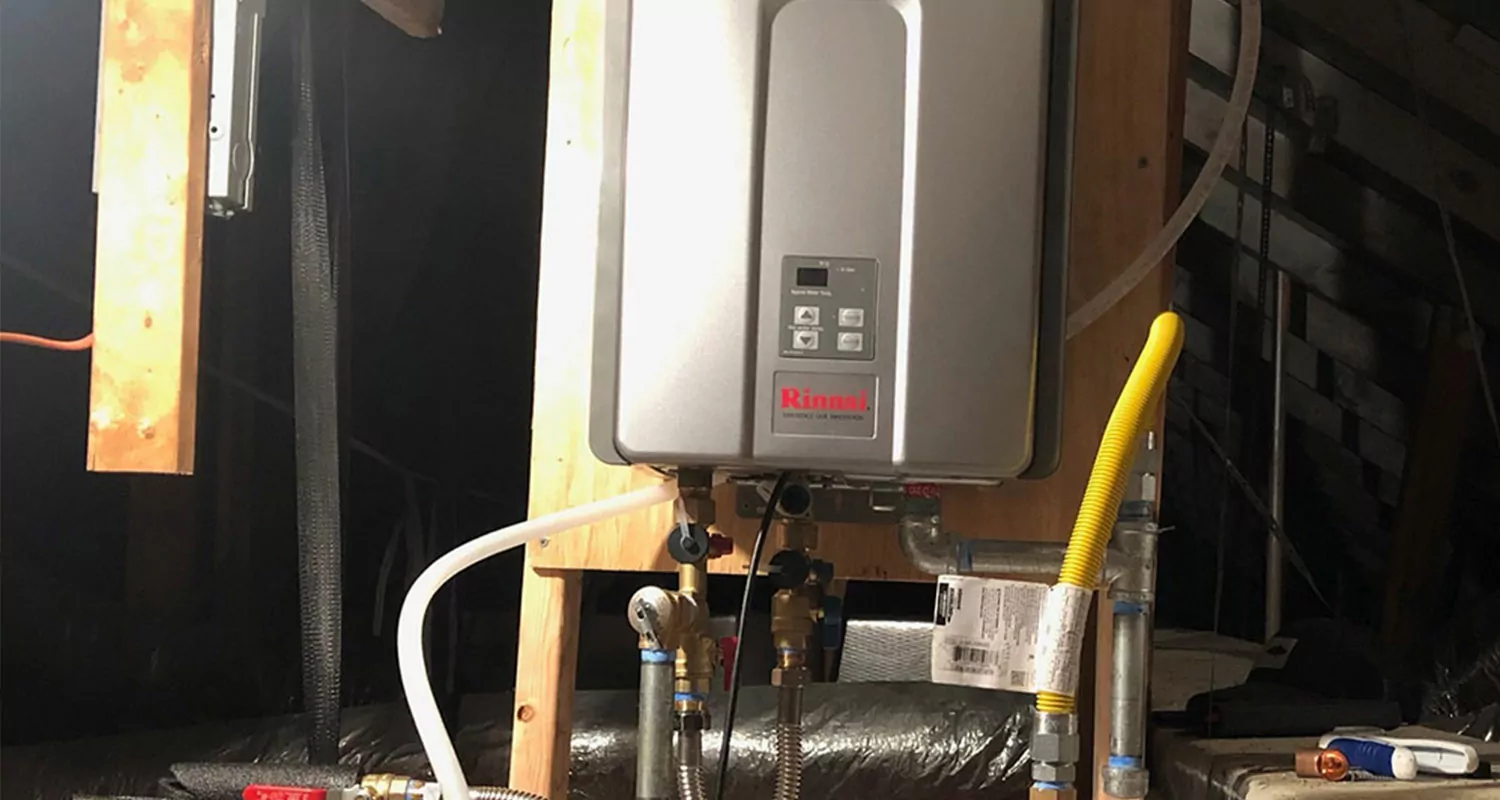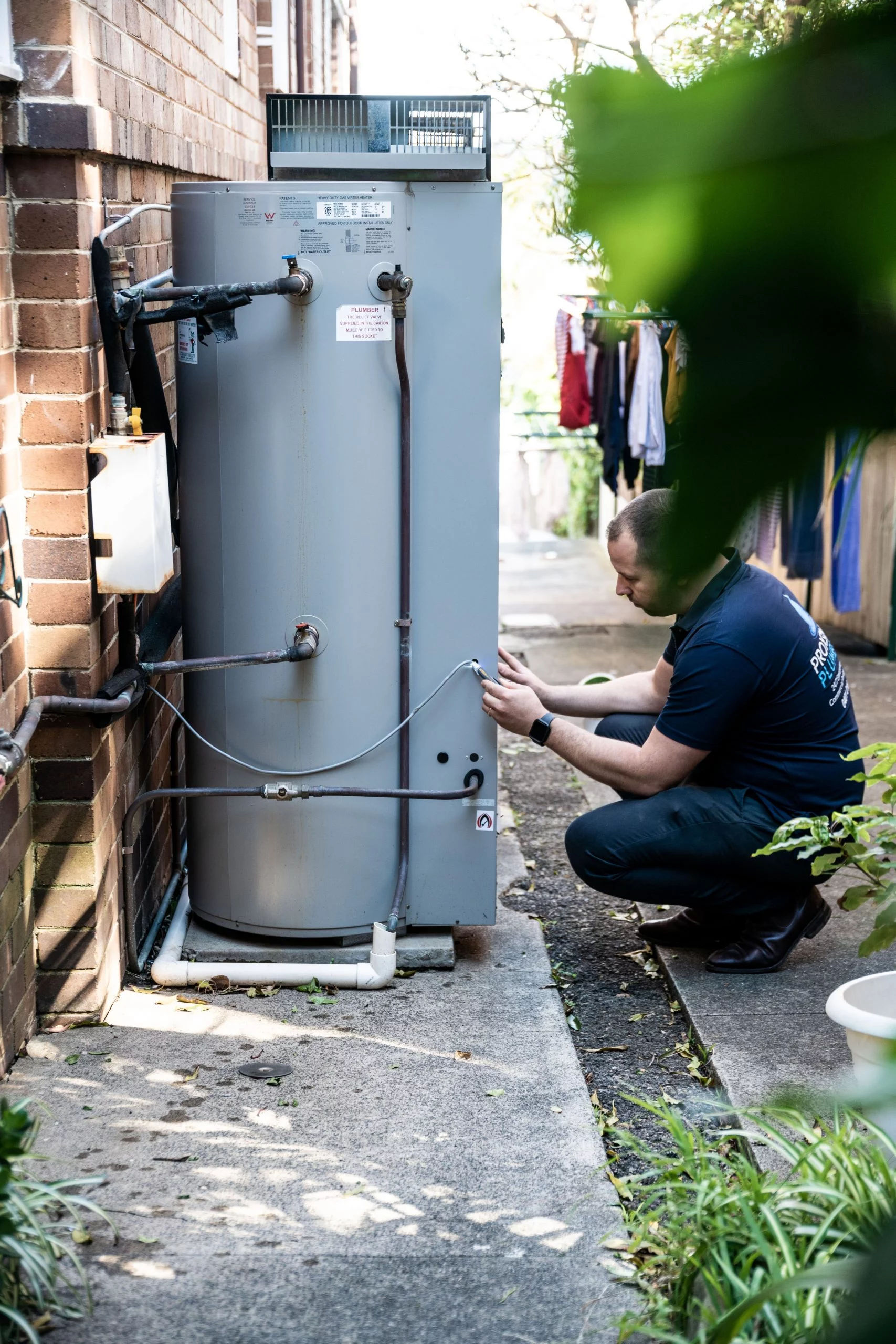Maintaining Your Home's Hot Water System: Key GuidelinesTips on How to Keep Your Home's Hot Water System in Good Condition
Maintaining Your Home's Hot Water System: Key GuidelinesTips on How to Keep Your Home's Hot Water System in Good Condition
Blog Article
Were you trying to locate critical info on How to Maintain Your Water Heater & Prolong its Life?

Warm water is necessary for daily comfort, whether it's for a revitalizing shower or cleaning meals. To guarantee your hot water system runs successfully and lasts much longer, regular upkeep is key. This short article gives useful pointers and insights on how to keep your home's hot water system to prevent disturbances and expensive fixings.
Intro
Maintaining your home's hot water system might appear daunting, but with a few straightforward steps, you can guarantee it runs smoothly for many years ahead. This overview covers everything from understanding your warm water system to do it yourself maintenance suggestions and knowing when to employ specialist help.
Value of Keeping Your Hot Water System
Regular maintenance not only extends the lifespan of your hot water system however additionally guarantees it operates efficiently. Ignoring upkeep can cause lowered performance, greater power costs, and also early failing of the system.
Indications Your Hot Water System Needs Maintenance
Knowing when your hot water system requires interest can avoid major problems. Look out for indications such as irregular water temperature level, weird sounds from the heater, or rusty water.
Flushing the Water Heater
Flushing your water heater eliminates debris accumulation, boosting performance and extending its life.
Checking and Changing Anode Rods
Anode poles prevent corrosion inside the tank. Examining and replacing them when worn out is important.
Complicated Problems Needing Expert Assistance
Examples include major leakages, electric troubles, or if your hot water heater is constantly underperforming.
Regular Expert Maintenance Perks
Expert maintenance can include thorough examinations, tune-ups, and making sure compliance with security standards.
Inspecting and Readjusting Temperature Level Setups
Changing the temperature setups guarantees ideal performance and safety and security.
DIY Tips for Upkeep
You can do numerous maintenance tasks on your own to maintain your hot water system in top problem.
Looking for Leaks
Consistently evaluate pipes and connections for leakages, as these can lead to water damages and higher expenses.
Understanding Your Warm Water System
Before diving right into maintenance jobs, it's useful to recognize the fundamental parts of your hot water system. Normally, this includes the hot water heater itself, pipes, anode poles, and temperature controls.
Monthly Upkeep Tasks
Routine monthly checks can help capture small issues prior to they intensify.
Testing Pressure Relief Valves
Checking the pressure safety valve ensures it works correctly and protects against extreme pressure accumulation.
Insulating Pipelines
Protecting warm water pipes minimizes heat loss and can conserve energy.
When to Call a Specialist
While DIY upkeep is useful, some issues need expert knowledge.
Verdict
Routine upkeep of your home's hot water system is crucial for effectiveness, long life, and expense savings. By complying with these pointers and understanding when to look for professional aid, you can ensure a trustworthy supply of hot water without unforeseen interruptions.
How to Maintain an Instant Hot Water Heater
Before tinkering with your hot water heater, make sure that it’s not powered on. You also have to turn off the main circuit breaker and shut off the main gas line to prevent accidents. Also turn off the water valves connected to your unit to prevent water from flowing into and out of the appliance. 2. When you’re done, you have to detach the purge valves’ caps. These look like the letter “T” and are situated on either side of the water valves. Doing so will release any pressure that has accumulated inside the valves while at the same time avoid hot water from shooting out and burning your skin. 3. When the purge valves’ caps are removed, you have to connect your hosing lines to the valves. Your unit should have come with three hoses but if it didn’t, you can purchase these things from any hardware or home repair shops. You can also get them from retail stores that sell water heating systems. Read the user’s manual and follow it to complete this task properly. When the hosing lines are connected, open the purge port’s valves. 4. You should never use harsh chemical cleaners or solutions when cleaning your unit. Make use of white vinegar instead. It should be undiluted and you’ll probably use about 2 gallons. 5. Now flush your water heater. This task should probably take about 40 minutes. We can’t give you specific directions for this because the procedure is carried out depending on the type, model and brand of your heater. With that being said, refer to the user’s manual. 6. When you’re done draining the unit, you have to turn off the purge port valves again. Remove the hosing lines that you earlier installed on each of the water valves. Put the valve caps (purge port) back in their respective places and be very careful so as not to damage the rubber discs that are found inside these caps. 7. Now that everything’s back in place, check your user’s manual again to find out how to reactivate your water heating system. 8. Once it is working, turn one of your hot water faucets on just to let air pass through the heater’s water supply pipes. Leave the tap on until water flows smoothly out of it. https://www.orrplumbing.com/blog/2014/september/how-to-maintain-an-instant-hot-water-heater/

I was shown that article about What Kind of Maintenance Do Water Heaters Need? from an acquaintance on another domain. If you please set aside a second to distribute this post if you enjoyed reading it. Thanks for your time. Return soon.
Call Today Report this page